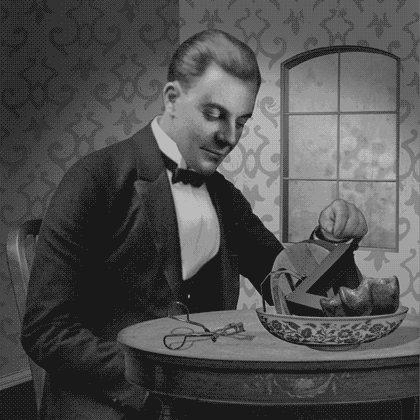
Still from “Head Space”
About 30 seconds into one of Jake Fried’s hand-drawn animations, you’re hit with the sense of how much time it took the artist to draw each frame of these intricate, multi-layered works. Fried works with a combination of art supplies and household materials: ink and gouache are paired with coffee and white out. Try doing such minuscule, detailed line work with the tip of a white out pen. Those things were not designed for the type of precision Fried somehow manages to elicit from them.
His work is busy and surreal. The transitions between frames are sometimes rough, but this shakiness only serves to remind viewers of the slow, analog process that goes into creating these videos. In such a digitized medium as animation, it’s refreshing to be reminded of the presence of the human hand. Paired with eerie, ambient soundtracks, Fried’s visions unfold and morph into moving vignettes that can be both dreamlike and nightmarish, but equally fascinating either way.
“Head Space”
“Down Into Nothing”
“Raw Data”
“The Deep End”
“Sick Leave”
“Last Meal”
“Waiting Room”
“Night Fall”



 Somewhere on the scale of lovable to repulsive lie
Somewhere on the scale of lovable to repulsive lie  In
In  Cartoonist and illustrator
Cartoonist and illustrator 